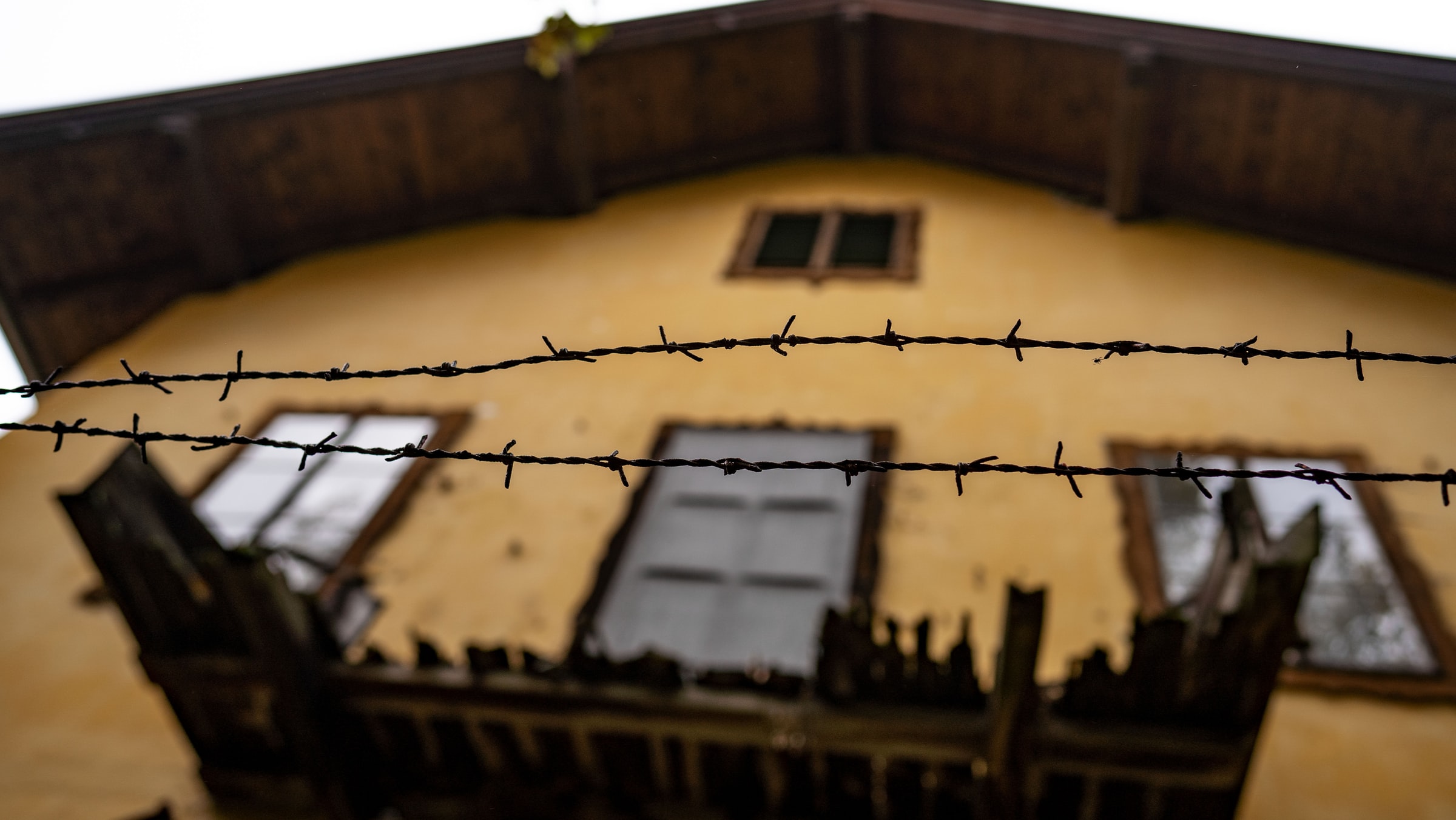The Indus Waters Treaty, signed between India and Pakistan in 1960, remains one of the few successful global examples of river water-sharing between two nations across international boundaries. Rahul Mahadeo Lad and Ravindra Gahininath Jaybhaye revisit the Treaty, and examine the concerns of the peoples who live by the rivers in the Treaty, and their growing concerns about its impact on their livelihoods and economies.
Demand for water resources has increased as a consequence of dwindling water supplies, rising population, urbanisation and inadequate water management in emerging nations. Increasing water demand and scarcity has sparked desire to control water resources, becoming a potential ground for conflict between nations. When economies are dependent on agriculture, disputes over the use of water between nations/states can become very serious. One of the few instances of a significant international river basin conflict being resolved in South Asia is the Indus Waters Treaty (IWT), signed between India and Pakistan in 1960.
The three eastern (Sutlej, Beas, and Ravi), and three western (Indus, Jhelum, and Chenab), rivers collectively make up the Indus River System. According to the IWT, Pakistan is responsible for managing the waters of the western rivers with mean flow of 80 million-acre feet (MAF), while India is assigned the eastern rivers waters with mean flow of 33 MAF. But, according to the people in the region (Jammu and Kashmir), the Treaty — though executed in the best interests of the countries — has prevented them from using its own water resources. The three western rivers allocated to Pakistan flow through the Indian Union Territory (UT) of Jammu and Kashmir but the people on its banks have restrictions on the use of its waters. This has had a significant negative impact on growth in the region; as a result, the IWT struggles to gain support in Jammu and Kashmir.
*
Jammu and Kashmir’s economy is dependent on agriculture; nearly 70 per cent of its people depend on agriculture for their income, either directly or indirectly. According to the Digest of Statistics, J&K, 2020-21, the irrigation system has hardly improved in the state over the years. In 1960–61, they were able to irrigate 274,000 hectares (ha) of agricultural land, but in 2020–21 the waters could only irrigate 318,890 ha, an increase of a meagre 16 per cent over 60+ years. In Kashmir, canal irrigation (which is the main irrigation method) has seen a dismal development: the area irrigated by canals grew by less than 4 per cent (from 256,000 ha in 1960–61 to 265,930 ha in 2020–21); the Net Sown Area grew just by 19 per cent (from 614,000 ha in 1955–56 to 736,000 ha in 2020–21).
The region’s hydropower growth is another issue; this untapped potential could help them meet their energy needs. When fully realised, the considerable hydropower potential in Jammu and Kashmir will give its economy a powerful boost. The potential hydropower in the state is 20,000 megawatts (MW), of which 16,475 MW is determined to be commercially viable. Of the total potential, only 3,263.46 MW, or 19.80 per cent, has been used so far.
At the core of the Kashmiri discourse on the shortage of power is the distribution of water resources that was agreed between India and Pakistan through the instrumentality of the IWT. The arguments made against the IWT include the fact that — despite the estimated potential of 20,000 MW (identified potential being 16,480 MW) of the Indus River Basin — a large percentage of which cannot be harnessed for the benefit of the state as the IWT only allows for run-of-the-river projects that do not affect the riparian rights of Pakistan. As a result of being denied the opportunity to completely utilise the hydropower potential of rivers flowing through their own lands, people in the Kashmir region see the IWT as being responsible for this significant loss.
In addition to setbacks in agriculture and hydropower, a study published in March 2005 by the Sir Ratan Tata Trust in Mumbai and the International Water Management Institute (IWMI) in Colombo claimed that the IWT had caused the Jammu & Kashmir to lag behind by an estimated INR 6,500 crore annually. According to the study, the Treaty has also had a detrimental impact on the state’s potential for agriculture and power generation.
After an initial phase of subdued disapproval of the IWT, Jammu & Kashmir started opposing the division of their water resources between India and Pakistan formally in 2002, with the (then state/now Union Territory) of Jammu & Kashmir legislative assembly passing a resolution to seek the termination of this Treaty. Since then the IWT has become a regular feature in debates and discussions in the Assembly. Along with the abrogation of the IWT, the demand has been put forward for reparation of losses from New Delhi to Jammu and Kashmir due to IWT by quantifying it; the government has said that it has started the process of quantifying the losses.
As the issue of IWT is once again in the spotlight following India’s appeal to Pakistan to modify the Treaty, the longstanding dissatisfaction and unhappiness of the people of Jammu and Kashmir, who are eagerly expecting that policy-makers will pay attention to their concerns.
*
The views expressed here are those of the author and do not represent the views of the ‘South Asia @ LSE’ blog, the LSE South Asia Centre or the London School of Economics and Political Science. Please click here for our Comments Policy.
This blogpost may not be reposted by anyone without prior written consent of LSE South Asia Centre; please e-mail southasia@lse.ac.uk for permission.
Banner image © Rahul Pathania, Indus River, Batalik, 2022, Unsplash.
*







